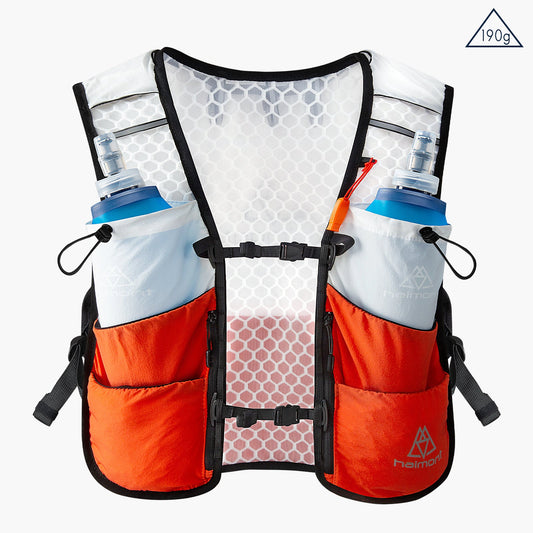Trail Running: The Ultimate Guide to Getting Started

Trail running is a form of outdoor exercise that involves running on natural terrain such as dirt paths, rocky trails, and forested areas. Unlike road running, trail running offers a unique experience that allows runners to connect with nature while challenging themselves physically. Trail running can be enjoyed by anyone, regardless of fitness level or experience, and is a great way to improve overall health and wellness.
Trail running essentials include proper footwear, hydration, and navigation tools such as a map or GPS device. Trail runners should also be aware of their surroundings and take precautions to avoid injury, such as watching out for uneven terrain, loose rocks, and wildlife. Additionally, trail runners should be prepared for changes in weather and bring appropriate clothing and gear.
Training and nutrition are important aspects of trail running. To prepare for a trail run, runners should gradually increase their distance and elevation gain while incorporating strength training exercises to improve balance and stability. Proper nutrition is also important for fueling the body during long runs and aiding in recovery. A balanced diet that includes carbohydrates, protein, and healthy fats can help improve performance and prevent injury.
Trail Running Techniques
Trail running requires a different set of skills than road running. One of the most important techniques for trail running is to keep your eyes on the trail ahead. This helps you avoid obstacles and adjust your stride to the terrain. It's also important to use your arms for balance and to maintain a steady pace.
Another important technique is to focus on your foot placement. When running on uneven terrain, it's important to choose your foot placement carefully to avoid tripping or twisting an ankle. It's also important to adjust your stride length to match the terrain, taking shorter strides on steep inclines and longer strides on flat or downhill sections.

Safety and Navigation
Safety is always a top priority when trail running. Before heading out on a trail, it's important to let someone know where you're going and when you expect to return. It's also important to carry a cell phone or other communication device in case of emergencies.
Navigation is also important when trail running. Make sure to carry a map and compass, and know how to use them. It's also a good idea to familiarize yourself with the trail before heading out, so you know what to expect in terms of terrain and difficulty.
By following these trail running essentials, runners can enjoy the great outdoors while staying safe and comfortable on the trails.
Developing a Training Plan
Trail running requires a specific type of training to prepare the body for the challenges of running on uneven terrain. A good training plan should include a mix of endurance, strength, and speed workouts. Endurance workouts should be the foundation of the plan, with long runs on trails being the most important. Strength workouts should focus on building lower body strength and stability, with exercises like squats, lunges, and single-leg deadlifts. Speed workouts can include hill repeats and interval training to improve power and speed on the trails.
It's important to gradually increase the intensity and duration of workouts to avoid injury and burnout. A good rule of thumb is to increase mileage by no more than 10% per week. It's also important to listen to your body and adjust your training plan as needed.
Nutrition and Hydration Strategies
Proper nutrition and hydration are crucial for trail runners. Eating a balanced diet that includes carbohydrates, protein, and healthy fats is important for fueling long runs and aiding in recovery. It's also important to stay hydrated, especially in hot and humid conditions. Trail runners should carry water or a sports drink on long runs and replenish fluids regularly.
During long runs, it's important to consume carbohydrates to maintain energy levels. Sports gels, chews, and bars are convenient options for fueling on the go. It's also important to consume electrolytes to replace those lost through sweat. Sports drinks or electrolyte tablets can be used for this purpose.

Recovery and Injury Prevention
Recovery is just as important as training when it comes to trail running. Proper recovery can help prevent injury and improve performance. Rest days should be included in the training plan to allow the body to recover. Active recovery, such as yoga or stretching, can also help improve flexibility and prevent injury.
It's important to address any injuries or pain immediately to prevent them from becoming more serious. Ice, rest, and compression can help alleviate minor injuries. It's also important to address any muscle imbalances or weaknesses through strength training and stretching.
In summary, developing a well-rounded training plan, fueling properly, and prioritizing recovery are key components of successful trail running. By following these strategies, trail runners can improve their performance and minimize the risk of injury.












